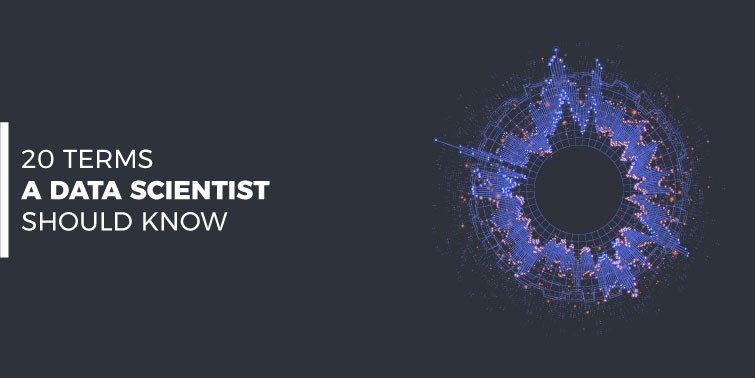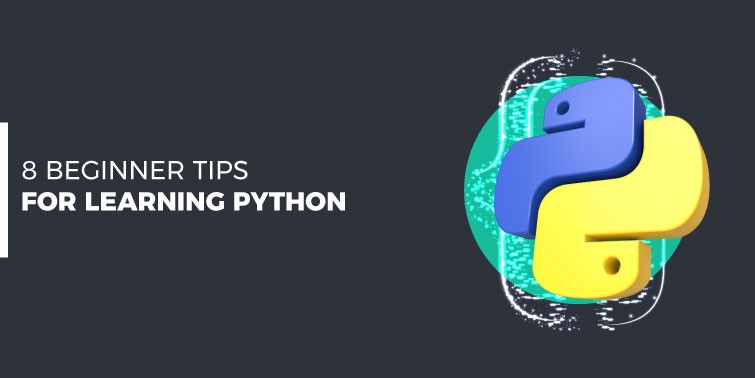20 Terms A Data Scientist Should Know
Data science above everything is still a language. There are certain terms any data scientist should at least have heard in his professional life.
Today we will look at a mini glossary of 20 terms that each data scientist should know.
So, let’s start.
#1 Artificial Intelligence (AI)
What is artificial intelligence?
It is a great technology meant to imitate human psychology as well as intelligence. It is what we thought 15 years ago would be a nice thing to have in the near 50 years.
And here we are. It is a computer science field centered on creating machines having similar intelligence as humans.
Contrary to classical computing, with exact inputs, outputs and logic, AI depends on providing a machine which will create its own path to accomplish its goal.
#2 Machine learning
Being a subset of artificial intelligence, machine learning is already quite popular. Machine learning algorithm is a set of computer-implementable instructions. It takes the information and performs calculations to unearth patterns within that information and employ those patterns to predict the future.
Machine learning is usually used in systems with huge volumes of data. The machine learning algorithm contextualizes the troves of information and then delivers to human decision makers to better understand its usage.
#3 Automated machine learning
Automated machine learning is a process that automates the tasks of applying machine learning to real world issues. It covers the whole pipeline from dataset to a deployable model of machine learning.
#4 Classification
Classification is a simple example of supervised learning in which an algorithm puts a new piece of information under a pre-existing category, based on the characteristics the category is already known for. This is a great idea for e-commerce, because with classification you can find out whether the customer is going to spend a 50$ sum in your website or not.
#5 Data Warehousing
Data warehouse (DW) is a process of collecting and analyzing data from different sources to provide meaningful business insights. It is initially designed to connect and analyze information from heterogeneous, multidimensional sources. The data warehouse is the crux of BI systems – Business intelligence.
Data warehousing helps to use the data more strategically. It is a business’s electronic storage.
#6 Supervised learning
This is a specific part of machine learning that includes a data scientist who will teach the desired conclusion to the algorithm. For example this way the computer can learn to identify animals by being trained on a special dataset.
#7 Cross validation
Cross validation is a method to validate the accuracy as well as stability of the machine learning model. Although there are several types of validation, the most popular one is splitting your training set into two and training the algorithm on one subset before applying it to the other one.
#8 Deep learning
Remember machine learning? This is a more advanced form of machine learning and refers to systems with multiple input and output layers. In deep learning there are several rounds of data input and output required to assist computers to solve more complex problems.
#9 Linear regression
Linear regression is here to model the relationship between two variables by fitting a linear equation to the observed data. By doing so it will be possible to predict an unknown variable based on its known related variables. For example, the relationship between an individual’s height and weight.
#10 Hypothesis testing
Hypothesis testing is the use of statistical information to predict the probability that a given hypothesis is true. This is often used in clinical research.
#11 Standard error
This is the measurement of statistical accuracy of an estimate.
#12 R
R is a programming language and software environment for statistical computing. It is widely used among statisticians and data scientists for developing statistical data.
#13 ETL
This type of data integration refers to three steps – extract, transform and load. It is often deployed to build a data warehouse. It consolidates data from multiple sources and transforms it into a common and a useful format.
#14 GitHub
This is a code sharing and publishing service and a great community for developers. It provides access control and several collaboration tools such as bug tracking, feature request, task management etc. GitHub offers both private accounts and free ones.
#15 Data models
Data models define how datasets are connected to each other and how they are processed and stored inside the system. Data models show the structure of the database, including the relationships and constraints. This helps data scientists understand how the data can be stored.
#16 Big data
Big data is a relatively new field of data science. It explores how large datasets can be broken down and analyzed to extract insights and information from them in a systematic way.
#17 Data wrangling
Data wrangling is the process of taking the data in its original form and making it work better in a special project or workflow. Wrangling and munging are terms that are used interchangeably.
#18 Natural language processing
Natural language processing (NLP) is an AI branch that allows computers to understand human language.
#19 Computer vision
Computer vision is a field of computer science that focuses on replication of parts of the human vision system.
#20 Data mining
Data mining is the process of extracting actionable information from the dataset and putting it to good use. It also includes organizing the data.
These were only 20 main terms we considered worth knowing as a (future) data scientist. Hope you liked the article!




